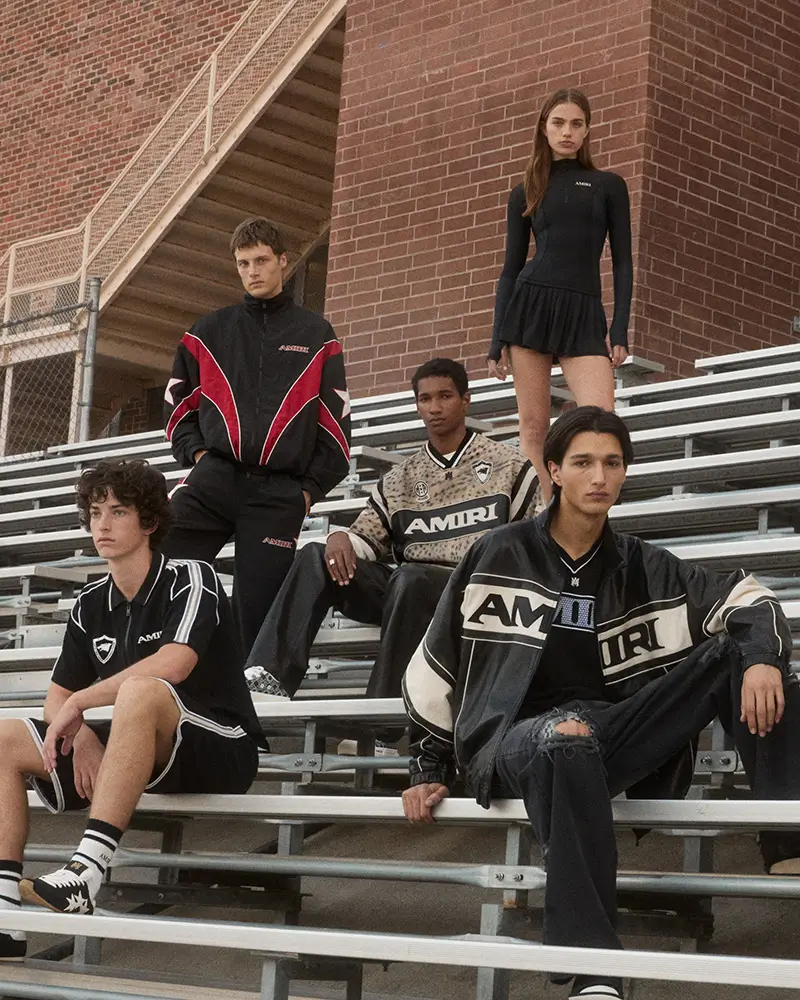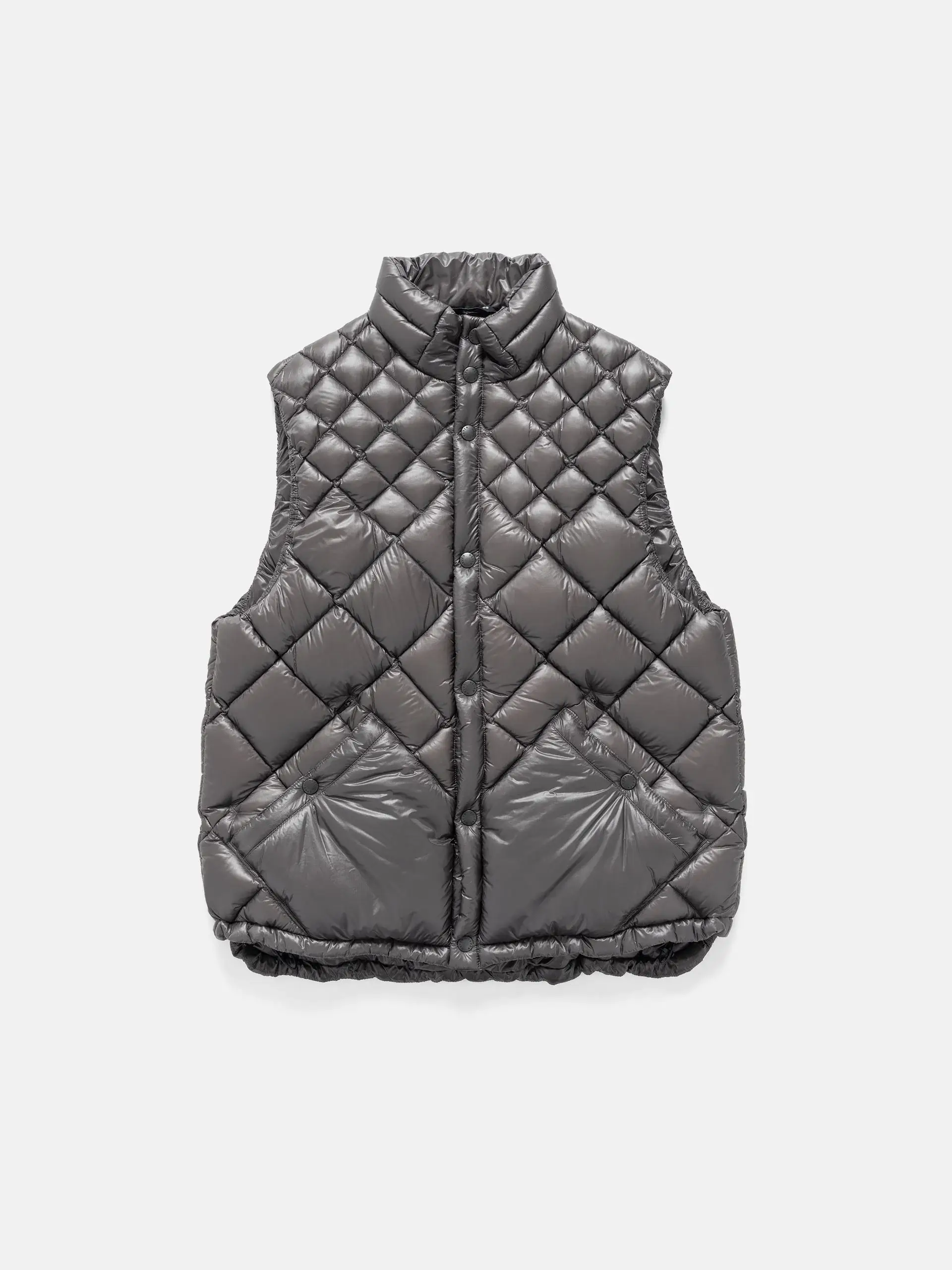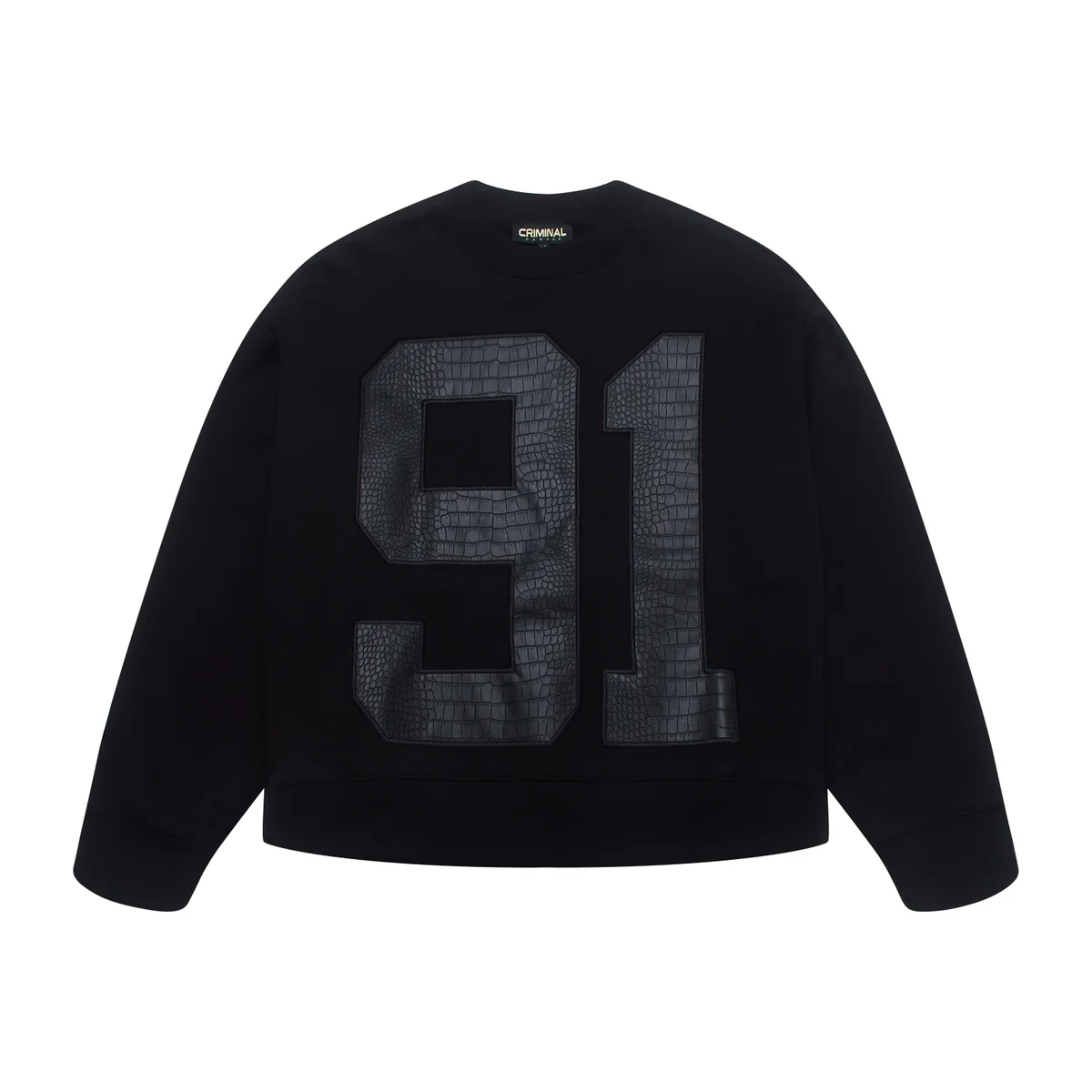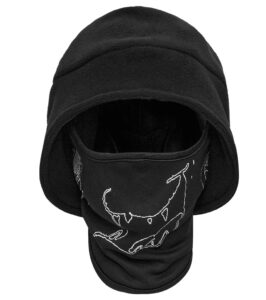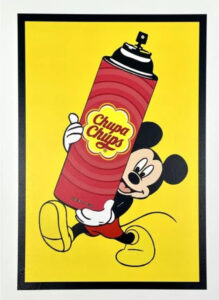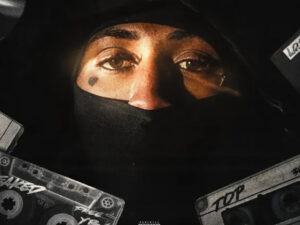intro
AMIRI’s Pre-Spring 2026 campaign, titled Hollywood Breakfast Club, is not merely a seasonal showcase—it is a cultural thesis built on memory, rebellion, and the mythmaking of adolescence. Conceptualized with a cinematic intelligence that has become synonymous with Mike Amiri’s approach to storytelling, the campaign draws directly from John Hughes’ 1985 classic, The Breakfast Club, one of the defining films of American youth. But AMIRI’s homage is not imitation; it is reinterpretation.
The film’s archetypes—rebel, athlete, brain, princess, criminal—are refracted into contemporary identities that feel both specific and universal. The campaign asks: who are the new youth archetypes of 2026? How do they dress? What do they dream of becoming? What remains from the past, and what has been reshaped by the evolving language of fashion?
Shot at John Marshall High School in Los Feliz—a landmark of Hollywood’s golden teenage canon—the campaign repurposes a familiar backdrop as a stage for AMIRI’s evolving design language. The school hallways, lockers, bleachers, auditoriums, stairwells, and sun-soaked courtyards create a micro-universe where style, personality, and the emotional terrain of youth collide. These corridors of Americana, haunted by decades of film, television, and music videos, become a playground for AMIRI’s reinterpretation of teenage freedom.
The result is a story of contradictions and harmonies: a wardrobe built on fragments of West Coast ease, rock-band irreverence, and understated collegiate codes. Each outfit in the campaign becomes a performance, a revelation, a diary entry, or a confession—fashion as memory, fashion as aspiration, fashion as identity being discovered rather than declared.
flow
Choosing John Marshall High School is central to the story. This isn’t just a school; it’s a cultural monument. It has appeared in countless productions, but most relevant here is its relationship to the visual imagination of teenage life. For AMIRI, the location becomes an anchor—real enough to ground the campaign in authenticity, yet mythical enough to evoke a haze of nostalgia.
At sunrise, the Los Feliz light hits the red-brick structure with a softness that recalls the quiet of early detention Saturdays. The campus, emptied of actual students yet filled with AMIRI’s characters, becomes a liminal zone: part memory, part dreamscape. The imagery is designed to blur the boundaries between film stills, editorial photography, and lived experience. There is something hauntingly familiar about the setting, yet unmistakably contemporary in its styling, pacing, and emotional temperature.
The campaign’s cast is intentionally diverse—not in the superficial sense of ticking demographic checkboxes, but in the way real youth culture feels today: multiplicity as a baseline, individuality as a shared language. Each character embodies an archetype, yes, but those archetypes are fluid, layered, and deliberately contradictory. AMIRI captures the truth that modern identity is a collage—not a single story, but many stories stitched together.
archetypes
In The Breakfast Club, character types were rigidly defined to reflect the cultural aspirations and anxieties of the mid-1980s. AMIRI updates these archetypes for a generation that rejects boxes but embraces aesthetics.
There is the rebel, wearing a pre-worn leather bomber with a patina that looks inherited rather than purchased. Their silhouette is slouched, effortless, and unapologetically cool—softened by faux-fur trims that add a new sensuality to defiance.
There is the athlete, more layered and nuanced than the letterman stereotype of the film. AMIRI places them in a dialogue between polished sportswear and vintage collegiate references: ribbed knits, bold-striped warm-up jackets, technical joggers, and penny loafers that flip the script on what a jock “should” look like.
There is the artist, draped in patchwork denim and textural fabrics that suggest a habit of customizing everything they own. Their clothing feels like a mood board made wearable: frayed edges, hand-worked embellishments, and monogram accessories that look like tokens from a life of perpetual creative drafting.
There is the romantic, rendered in soft layering—faux fur, pastel knits, slouchy trousers, and washed tees that carry the tenderness of handwritten letters. Their style is a quiet rebellion, rooted not in aggression but vulnerability.
What binds these characters together is AMIRI’s belief in the fluidity of youth. No one is just one thing. The rebel is soft, the athlete is sensitive, the romantic is bold, the artist is strategic. These contradictions reflect the modern teenage psyche: layered, unstable, and beautifully complicated.
View this post on Instagram
evolve
The collection itself is where the campaign’s narrative finds its emotional center. AMIRI’s Pre-Spring 2026 lineup continues the brand’s journey toward maturity without sacrificing the youthful exuberance that made it an international fashion powerhouse.
pre-worn
AMIRI’s approach to leather has always nodded to the rock-and-roll legacy baked into its DNA. The Pre-Spring 2026 bombers, however, introduce a more nuanced story. They are not pristine; they are world-worn. The surface textures suggest long car rides, garage rehearsals, and late-night skate sessions. The leather drapes with a softness that comes only from imagined years of use.
It’s a design gesture that mirrors adolescence itself: imperfect, evolving, lived in.
style
The faux fur jackets are among the standout pieces of the season. They introduce a lushness that tempers the rougher elements of the collection. The proportions are generous, the textures tactile, and the colors rooted in the AMIRI palette of dusty neutrals, washed blacks, and sun-faded tones. These jackets feel cinematic—like something worn to an after-school hangout in East LA, or a late-night drive along Mulholland.
lay
Layering is both a styling technique and a metaphor in this campaign. AMIRI uses mismatched textures, lengths, and silhouettes to suggest a hybrid identity—clothing as a collage of influences. Over a knit comes a varsity jacket, over denim comes faux fur, over a tee comes a slouchy cardigan. The effect is casual, almost accidental, yet meticulously crafted.
This is the AMIRI formula: disheveled elegance, a rock-poet sensibility wrapped in California sunshine.
idea
AMIRI intensifies its exploration of American collegiate culture with embroidered letterman jackets, patched denim, monogram appliqués, and varsity-style knits. These are not replicas of traditional collegiate garments. They are reinterpretations—elevated with luxury materials, refined cuts, and embellishments that recall rock-band tour jackets as much as campus apparel.
The AMIRI monogram functions as a crest, a badge, an emblem of belonging. It echoes the visual language of school insignias but with a twist: membership here is not mandatory; it is chosen. It is earned not by conformity but by individuality.
shoe
Footwear in the Pre-Spring 2026 collection plays a defining role, grounding the looks with a balance of streetwear dynamism and classic refinement.
The signature AMIRI sneakers—some paneled, some sculptural, some retro-infused—continue to evolve with subtle shifts in tooling and texture. Their presence reinforces AMIRI’s dominance in modern luxury footwear.
Penny loafers, a quietly radical addition, bring academic charm into the mix. Polished but not overly formal, they serve as a reminder that AMIRI’s universe is larger than its rock-and-roll origins. These loafers speak to ambition, aspiration, and a gentler side of youth—one that dreams of futures beyond rebellion.
The footwear selection mirrors the campaign’s core idea: the merging of worlds, identities, and aesthetics into something simultaneously nostalgic and futuristic.
myth
The AMIRI monogram appears across jackets, bags, knits, and accessories with renewed purpose. In the context of a high-school-inspired narrative, the monogram becomes a symbol of community. It resembles a crest, a band logo, or an emblem cut from the fabric of Los Angeles youth culture.
Its usage throughout the collection suggests both unity and individuality. Each character wears AMIRI’s insignia differently. For some, it is a declaration; for others, it is background noise. But its consistency reinforces AMIRI’s evolution from a cult favorite to a global luxury house with recognizable iconography.
fin
Hollywood Breakfast Club is not about detention, or high school, or even Los Angeles. It is about the moment in life when identity is pure potential. When style is an act of rebellion, exploration, or self-invention. When the world feels simultaneously too small and too big.
AMIRI’s Pre-Spring 2026 campaign captures this moment with rare precision. Through carefully composed imagery, beautifully constructed clothing, and a sensitive reinterpretation of an iconic film, the brand creates a world where all identities—athlete, rebel, artist, romantic—exist in harmony.
No comments yet.

